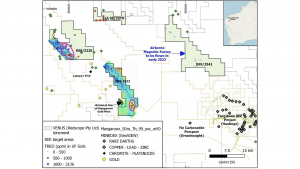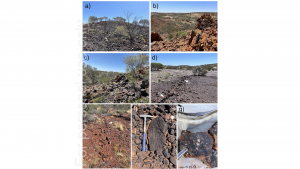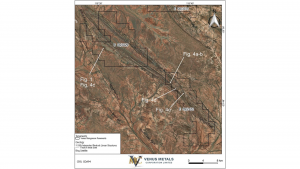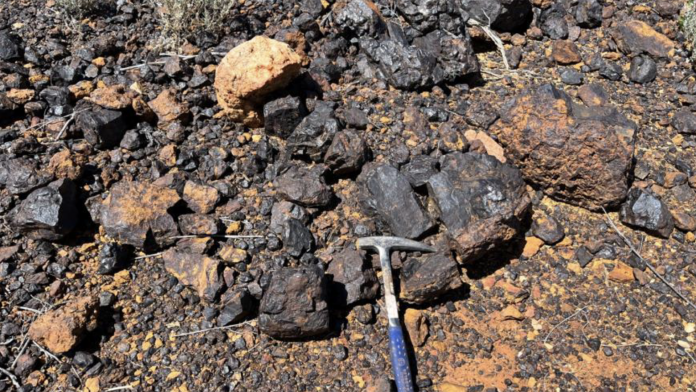Venus Metals Corporation Limited has announced the results of its recent fieldwork and geochemical sampling, following the delineation of multiple priority rare earth targets at Mangaroon North, based on remote-sensing and radiometric data.
The sampling revealed 299 soil and 84 rock chip samples and re-analysed 66 previous soil samples for a full rare earth element suite.
Evaluation of the multiple remaining rare earth targets will be conducted as part of the next stage of fieldwork. Airborne Magnetic surveys completed in tenement E09/2422 in December 2022 will be flown in before planned field reconnaissance and follow-up work.

Field reconnaissance sampling
The recent reconnaissance field sampling programme was completed to test and evaluate high-priority rare earth targets with an emphasis on radiometric thorium (Th) and remote-sensed data band ratio anomalies.
Rare earth-enriched bedrock, associated with several Th radiometric anomalies along a seven-kilometre-long northwest trend, contains up to 2136 ppm total rare earth oxides (TREO) with 232 ppm Nd2O3 in re-analysed ultrafine soil from previous sampling.
A TREO anomaly located in the south of tenement E09/2422 has a maximum of 732 ppm TREO with 130 ppm Nd2O3. Both target areas will be further explored for potential carbonatite mineralisation.
Furthermore, ironstone outcrops have been identified at several targets in tenements E08/3229 and E09/2422. In some areas, sedimentary lithologies have been ferruginised, whereas in others, veins of ironstone breccia crosscut Pimbyana Granite, Poorannoo Metamorphics, or sedimentary rocks of the Edmund Group.

Systematic grid sampling followed by air-core and reverse circulation drilling is planned across selected target areas. The evaluation of multiple other targets identified by RSC is scheduled to recommence in the coming field season.
Geophysical surveys
An aeromagnetic and radiometric survey over tenement E09/2422 was flown in December 2022 with a line spacing of 50m. Detailed interpretation and assessment of ironstones and further rare earth targets are pending.
The scheduled aeromagnetic and radiometric survey with a 50m line spacing on tenement E09/2541 will help to define new target areas in this underexplored tenement.
Gold, PGE, and base metal targets generated from earlier soil sampling will be re-examined using recently acquired remotely sensed and aeromagnetic data to prioritise targets for follow-up work as part of the next phase of fieldwork. In particular, work will focus on areas surrounding the Star of Mangaroon Gold Mine, which is ∼1.5 km away from tenement E09/2422 and was recently acquired by Dreadnought Resources Ltd.
Mangaroon project background
Venus Metals is well positioned with four tenements (E08/3229, E08/3375, E09/2422, and E09/2451) located adjacent to the Mangaroon-Yangibana rare earth mineralised zone. Venus’ E09/2541 abuts tenements by Hastings Technology Metals Ltd (Yangibana), Dreadnought Resources Ltd (Yin), and Lanthanein Resources Ltd.

Venus’s Mangaroon North project tenements which abut Dreadnought Resources Ltd (DRE), are considered prospective for rare earths:
- Same host lithologies as Yin and Yangibana are present within Venus’ tenements. Continuity from Yin and Yangibana host rocks along the regional northwest strike;
- Linear and circular structures along major northwest-trending trans-lithospheric faults, including the Edmund Fault, intersect Venus’ tenements. These faults are interpreted to have acted as pathways for carbonatitic or ferro-carbonatitic melts;
- Confirmed presence of ironstones in the carbonatite complex, which have distinct signatures in ASTER and Sentinel maps. The presence of ironstones and K, Th, and U anomalies are shown in all Venus tenements; and
- High-priority targets identified from anomalies in multiple techniques and earlier reconnaissance geochemical work.









